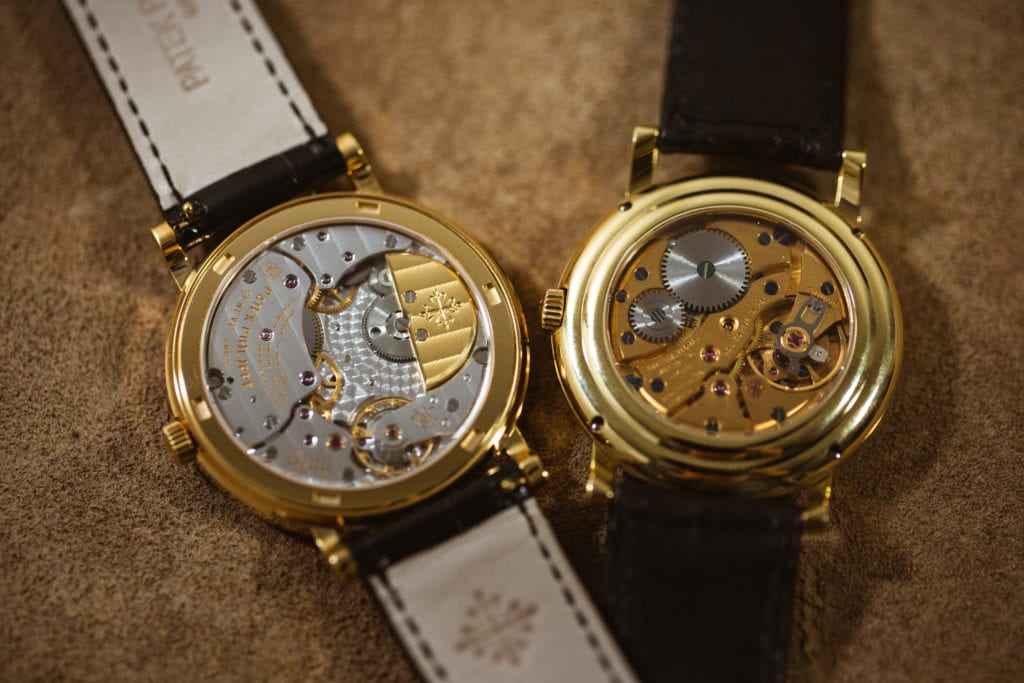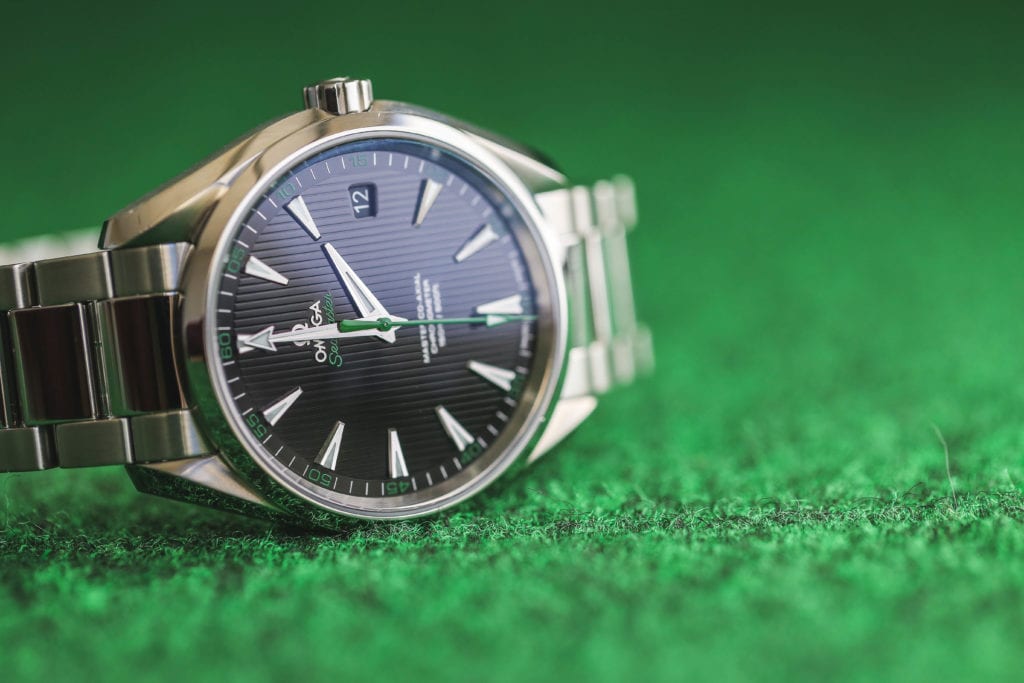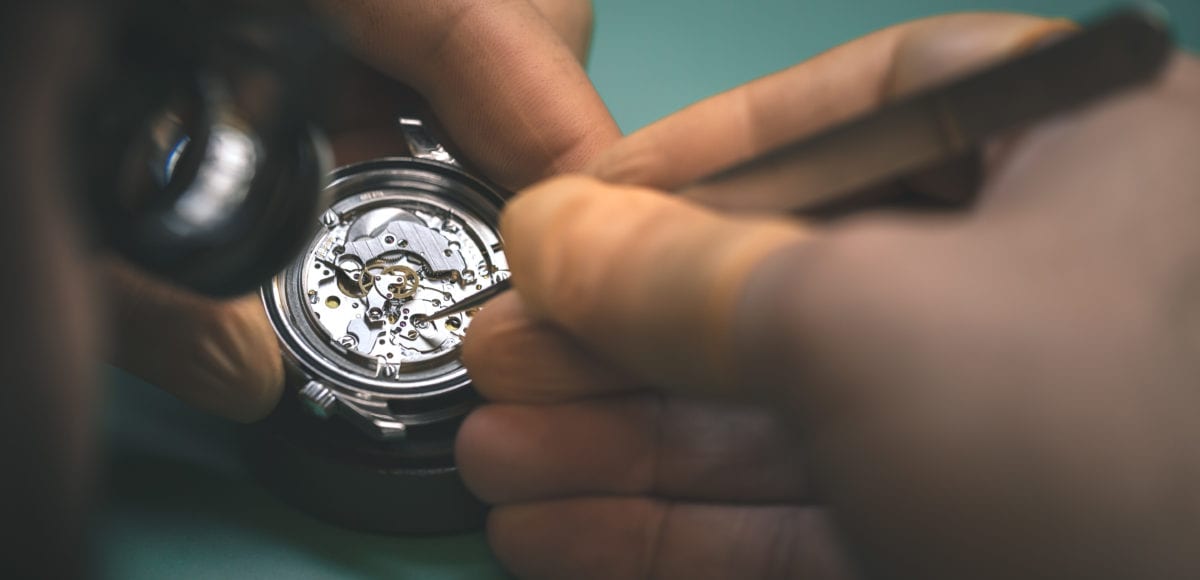The Development of Quality Standards
Since the early days of watchmaking, watchmakers have built reputations and grown brands on the quality of their timepieces. Today, modern watchmakers have many different ways to market their watches, from strategic partnerships with sporting events to celebrity endorsements. However, in those early days, quality seals might be the only thing to set your watch apart from a competitor’s. These quality seals developed as watches themselves developed. It began around the eighteenth century, the height of sea exploration, and the subsequent advent of chronometry. For the first time, the difference in an accurate timepiece and a mediocre one could mean the difference between life and death. The importance of a watch’s precision continued to increase as watches continued to become more than timekeeping tools. Pilots, soldiers, sailors, divers, and engineers depended on their timepieces to do their jobs.
The earliest quality seals came in the form of prizes from observatory contests. These competitions ended in the 1970s at the onset of the Quartz Crisis. However, many observatories adapted with the times and continue to provide quality assessment and their own seals today. This shift in the 1970s spurred the creation of other organizations to help regulate quality standards. You’ve likely heard many of these organizations mentioned before. However, you may not be quite sure who they are and what they do. Here, we’ve compiled some of the most common quality standard organizations in the industry and the seals they provide.

Besancon Observatory
The Besancon Observatory is the perfect example of an observatory who has evolved with the changes in the watch industry. Once a host of the illustrious contests, the Besancon Observatory now offers its own chronometer certificate. In addition to the certificate itself, watches with the Besancon stamp of approval feature a viper head on the mainplate. The organization upholds the International Organization for Standardization (ISO) criteria with a process very similar to COSC. However, they’re only willing to test very few watches by comparison. This is because they will only accept models with cased movements. The Besancon Observatory believes the addition of complication plates and dial prior to the casing of the movement can produce altered and ineffective test results.
Chronofiable
The Chronofiable tests emerged in the 1970s, right around the time observatory contests ended. During that time, the Federation of the Swiss Watch Industry founded the Reliability Test Center and created Chronofiable as a trademarked testing practice. Now, Chronofiable is part of an independent horological testing center called the Laboratiore Dubois SA. However, the Chronofiable tests have remained largely unchanged since their inception. These tests speed up normal watch wear so that a twenty-one-day test simulates six months of wear. They include elements like shock tests and temperature variations after which they test the watch’s timing, other functions, and amplitude.

COSC
The Official Swiss Chronometer Testing Institute or COSC is probably one of the quality standard organizations you’re familiar with. The COSC is the best-known and most widely used watch certification group, certifying nearly two million watches annually. As the name suggests, they certify the accuracy and precision of chronometer movements. The COSC tests look at uncased movements and run over a period of fifteen days. During this time, they place the movement in five different positions and expose it to three different temperatures throughout a series of tests. Then, they measure the movement’s performance against the seven criteria mandated by ISO standards. However, ISO only develops criteria for mechanical movements, so COSC has its own criteria for quartz watches. To receive COSC certification, the movement must maintain accuracy of -4 to +6 seconds a day on average.
Fleurier Quality Foundation
The Fleurier Quality Foundation (FQF) is another example of a newer quality standard. Several brands, including Bovet, Chopard, and Parmigiani Fleurier, founded the organization in 2001. Later Vaucher Manufacture, a sister company of Parmigiani, joined the group. To be considered for the Qualite Fleurier seal, the watch must first pass the Chronofiable test and receive COSC certification. Then, the case, dial, and movement must be entirely manufactured in Switzerland. Next, the movement’s finishing must pass an inspection under a microscope. Finally, the watch must pass the “Fleuritest,” a twenty-four-hour wear simulation that demands accuracy between zero to +5 seconds. If and only if the watch meets all five requirements, the FQF will inscribe its logo on the movement. Should the movement not be visible through an exhibition caseback, the FQF includes its logo on the dial as well.
Geneva Seal
Aside from observatories, the Geneva Seal is one of the oldest watch industry quality standards, dating back to 1886. The first requirement to receive the Hallmark of Geneva is that both the movement and the watch must be assembled in the Canton of Geneva. In addition, the manufacture must be based in the Canton of Geneva. For many years, the testing for the Geneva Seal strictly revolved around the decoration and finishing of the movement. However, beginning in 2011, they’ve updated their process. Now, it includes testing of the overall functionality and accuracy as well as the watch’s water resistance and power reserve.
METAS

In 2014, OMEGA partnered with the Swiss Federal Institute for Metrology (METAS) to establish a new quality standard. This certification would be for finished mechanical watches: the Master Chronometer. In order to be eligible for METAS certification, a watch must first be COSC certified. After COSC certification, METAS puts the finished watch through a series of eight tests. They designed this procedure to emulate real-world wearing conditions, including resistance to water, shock, temperature changes, and magnetic fields. More specifically, the watch must withstand magnetic fields greater than 15,000 Gauss while maintaining accuracy of zero to +5 seconds per day.
Other In-House Quality Standards
Over the years, a number of brands have developed their own quality seals in addition to those from larger organizations. One of the earliest was Jaeger-LeCoultre, who instituted their 1000-Hours Control program in 1992. As the name suggests, this series of rigorous tests takes place over nearly six weeks in six parts. Every watch that leaves the manufacture must pass the test. Similarly, Montblanc later created their own 500-Hours certificate as part of its production practices. In 2009, Patek Philippe established their own seal, which requires nineteen days of testing and inspection. To pass, the watch must maintain an accuracy of -3 to +2 seconds per day.

A few years later in 2012, both Ulysse Nardin and Richard Mille introduced their own certificates. Ulysse Nardin’s awards their Chronometer and Performance Certificate after a two-part process. First, there’s a seven-day period testing water resistance and pressure as well as an aesthetic inspection. Then, there’s a five-day period testing accuracy in various positions and temperatures. Last but certainly not least, Rolex instituted their Superlative Chronometer Certification in 2015. In addition to COSC certification, each and every Rolex watch receives this green seal after supplementary testing. In order to pass, the watch must maintain accuracy of -2 to +2 seconds per day.
Get More Articles Like This in Your Inbox
We're constantly creating great content like this. So, why not get it delivered directly to your inbox? By subscribing you agree to our Privacy Policy but you can unsubscribe at any time.






